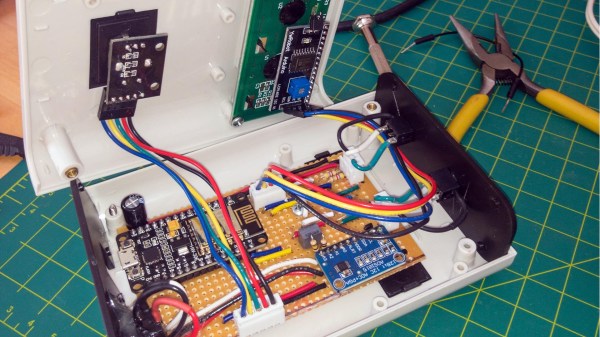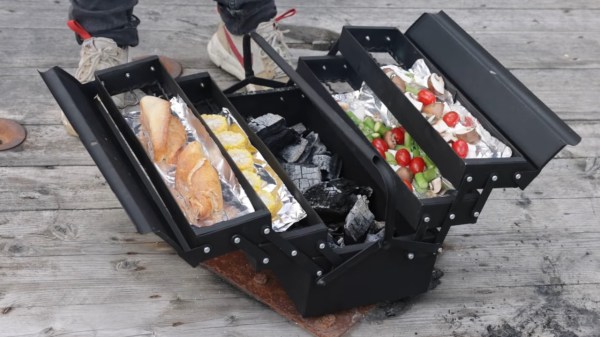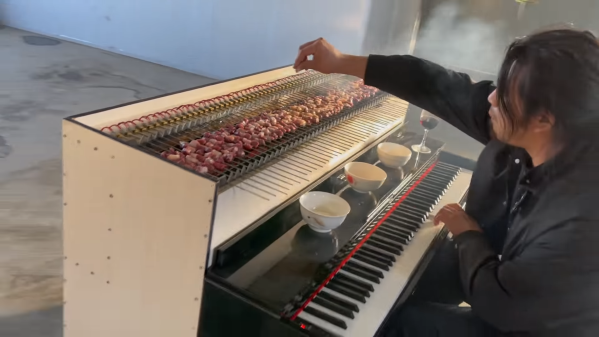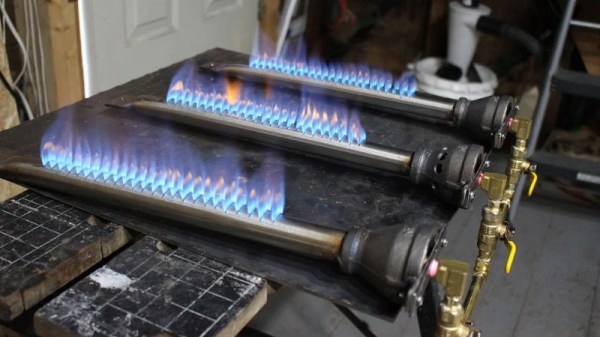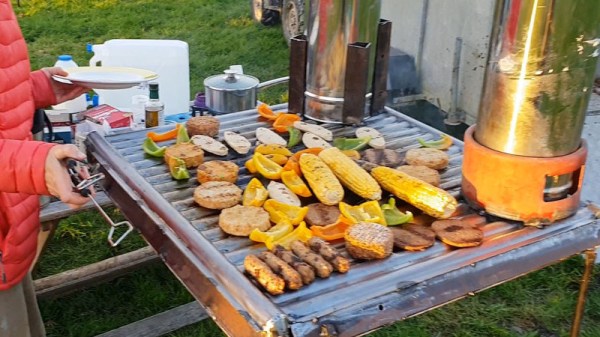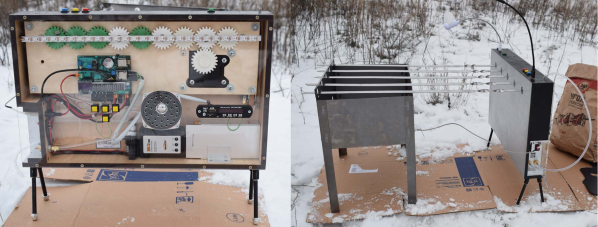Planning to host a large backyard wingding in the NYC metro area this weekend? Be sure to watch the skies for uninvited guests. That’s right, the NYPD are deploying drones over “large” Labor Day events and yes, even private barbecues. The strategy was announced during a briefing about J’ouvert — that’s a yearly Caribbean festival that marks the end of slavery. It generally brings crowds of thousands and draws a strong police presence to Brooklyn.
While this particular invasion may come as a bit of a shock, this certainly isn’t the first time the NYPD has deployed drones in the name of public safety or in response to emergencies. Data shows they have used them 124 times this year, which is up a staggering 31 times from the four events in 2022.
As you may have guessed, this has invited backlash from privacy and civil liberties advocates. One pointed out that this action “flies in the face of the POST Act,” a city law that requires the NYPD to provide transparency about their various surveillance tactics. The advocates cite the fact that regulations have not kept up with the proliferation of technology.
No matter what happens in the future with regulations, the NYPD can always crash large parties the old fashioned way. Usually, the neighbors will complain at some point, unless they were all invited.
Photo via Unsplash.


